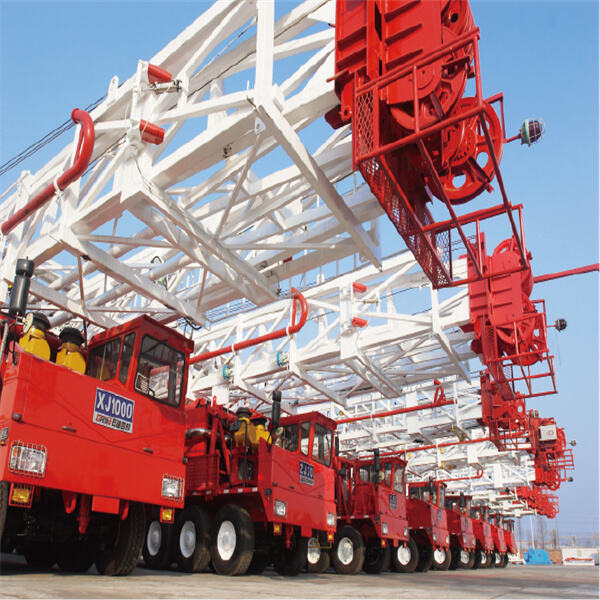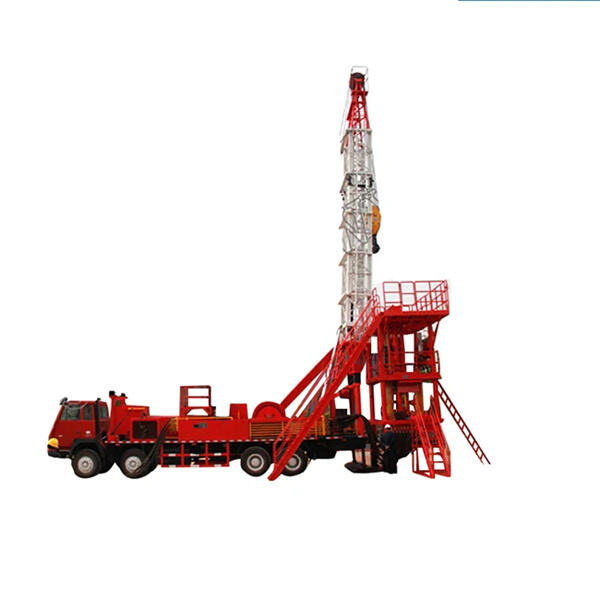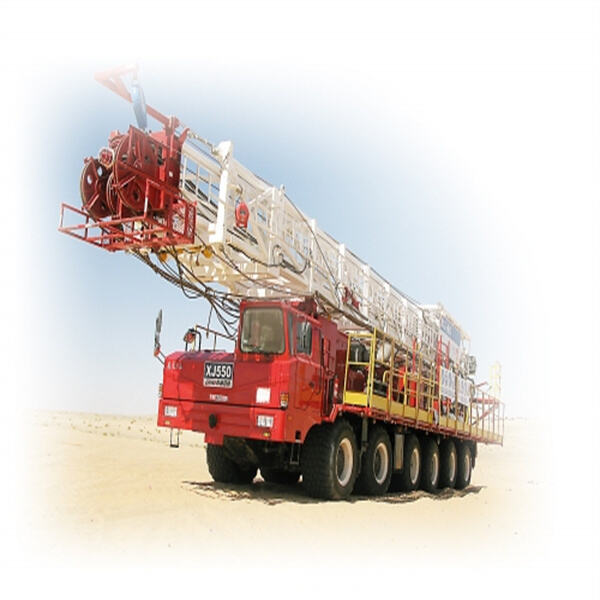Land drilling is how we burrow for oil and natural gas deep below ground. This process punches a hole, known as a well, through the surface of the Earth to liquid and gas that lie beneath. To do this safely and well we need special tools and trained workers.
Land drilling begins by choosing a place where they think there is oil or gas. When a location is determined, a drilling rig is brought in, and drilling commences. The bit, which resembles a twisted corkscrew from afar, is attached to a long pipe, the drill string, that digs into the ground. The deeper down below the surface the bit goes, the more lengths of the drill string are added to the line to reach a depth we require for our work.

One nice thing about drilling on land is that it is cheaper and simpler to get to oil and gas compared to drilling in the ocean. It’s typically cheaper and less risky than drilling in the deep sea. But there are also challenges to land rig, including the types of rock to be drilled through and the potential environmental effects.

Land drilling uses a number of key pieces of equipment. The rig supports the drill string and the other various downhole equipment. That’s the part of the drill bit that burrows into the ground. The tool box also contains mud pumps, which pump drilling fluid to cool the drill bit and to remove dirt from the well.

Safety is critical to land drilling to protect people and the environment. Training is required so that workers may use the tools in a safe and timely manner. Safety gear They are required to wear hard hats and safety glasses on the drilling site. And the tools are regularly checked and repaired to make sure everything stays safe and in good working order.